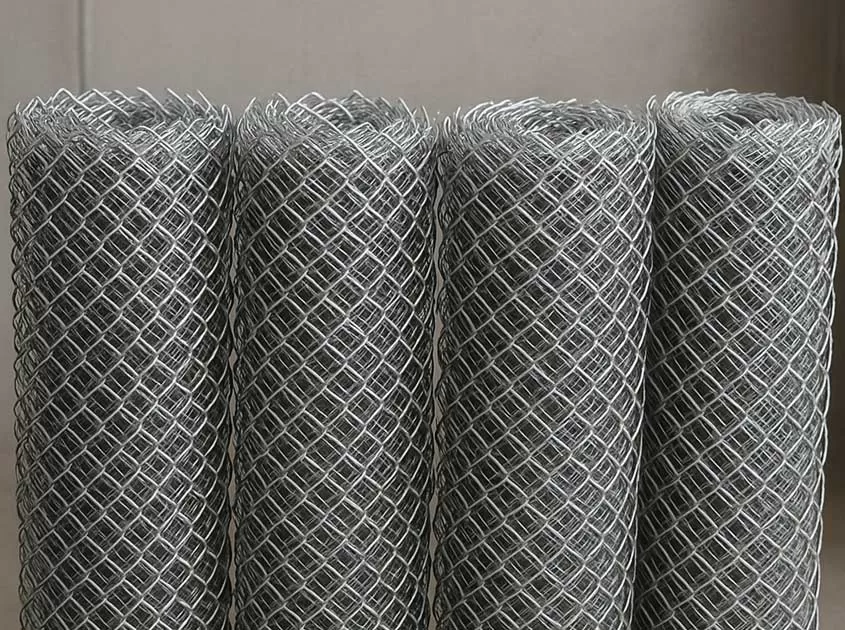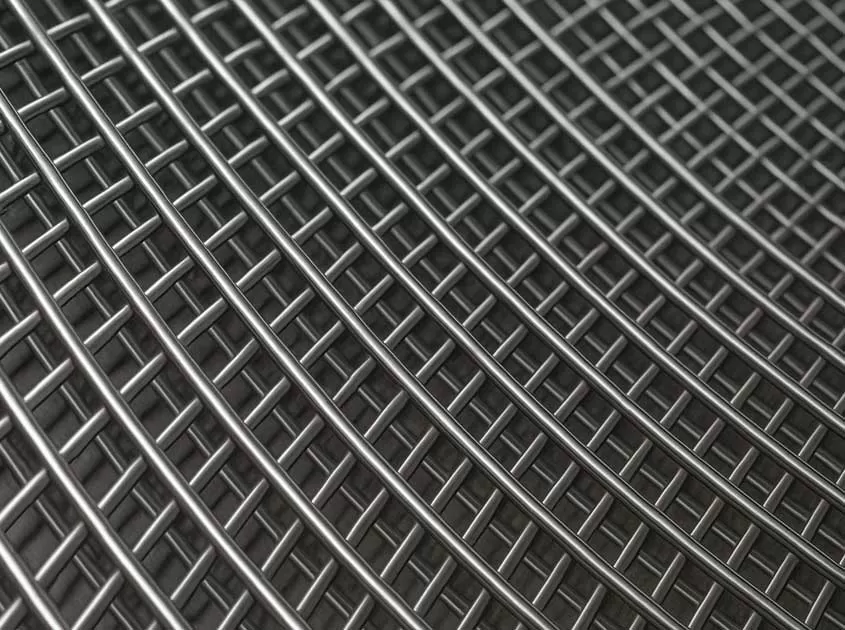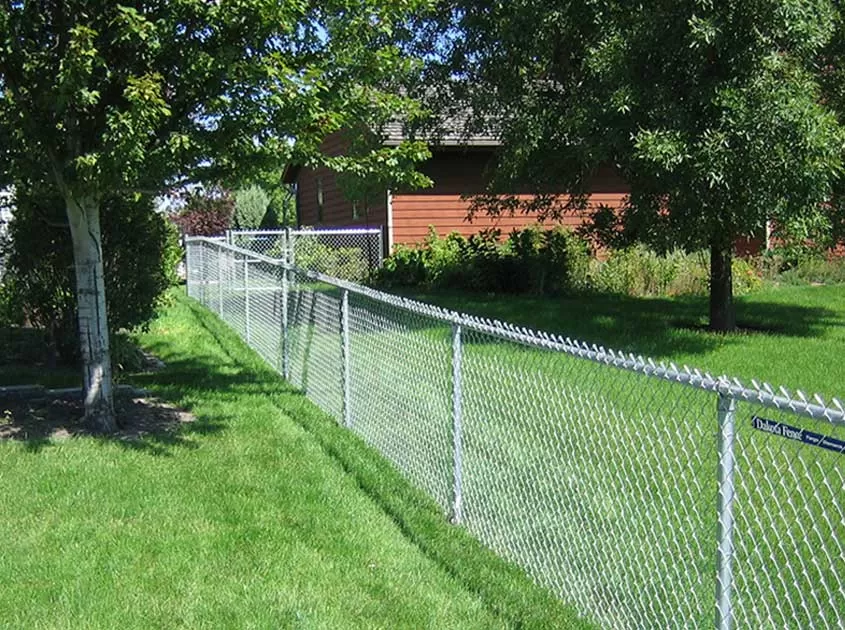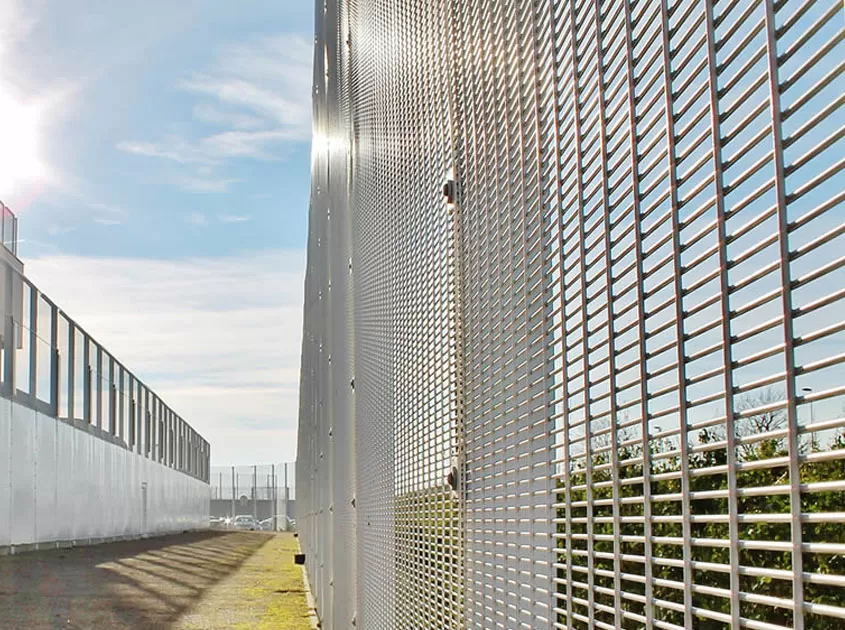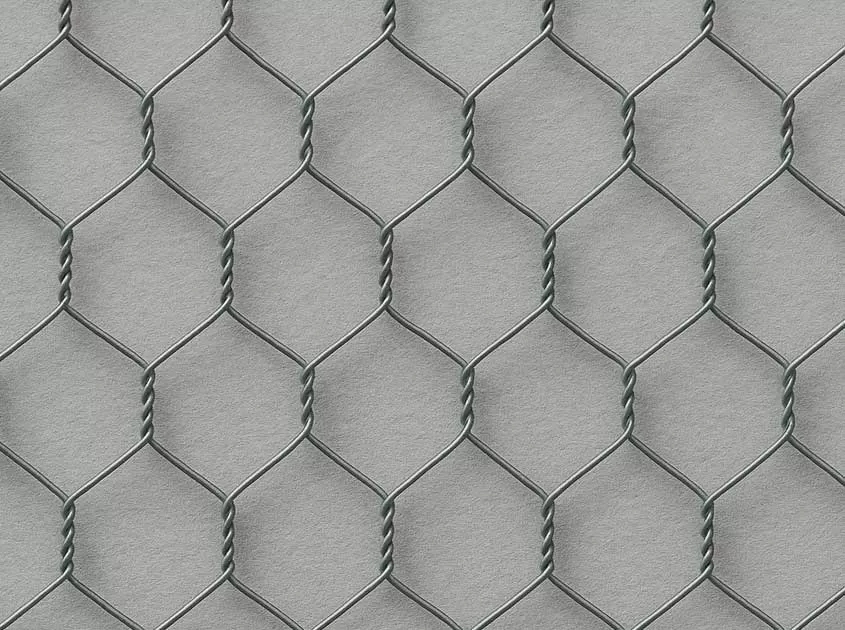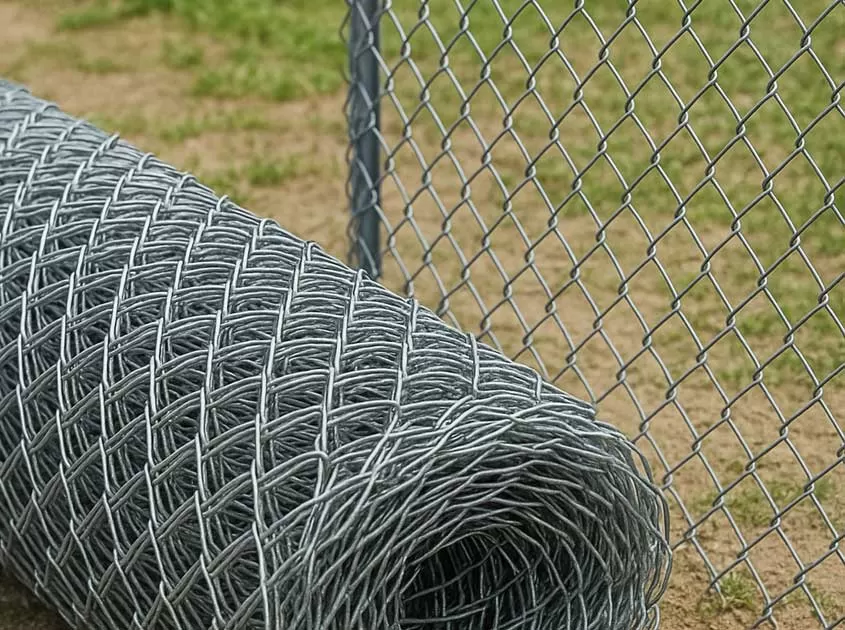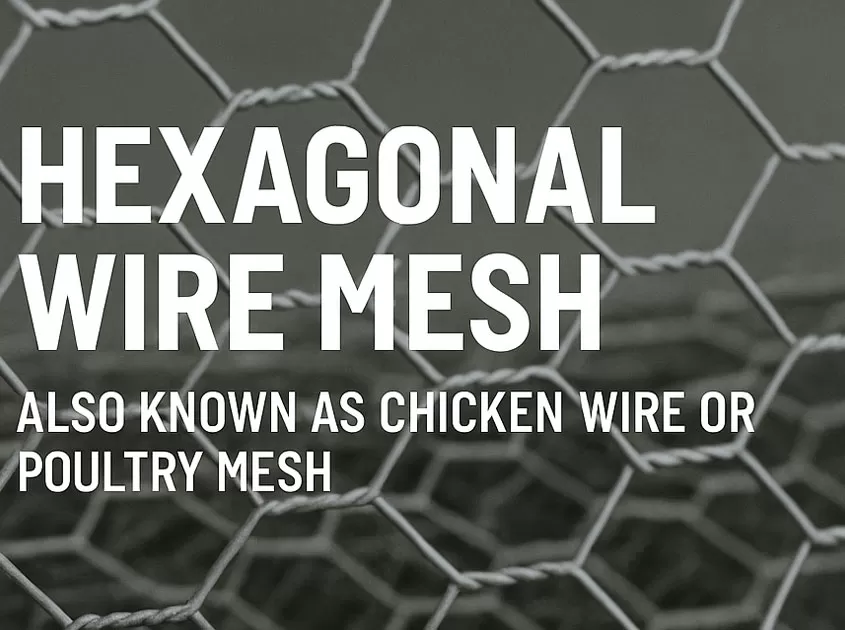Holland wire mesh in Architecture: A Versatile and Aesthetically Pleasing Multi-functional Fencing Material
Characteristics and Structure:
Holland wire mesh in architecture is made of high-quality metal wires arranged in a square or rectangular grid pattern, forming a sturdy mesh structure. The mesh size and wire diameter can be selected according to specific requirements to meet various safety and aesthetic needs. Its grid structure allows for good visibility, ventilation, and effective control of access for people and objects.
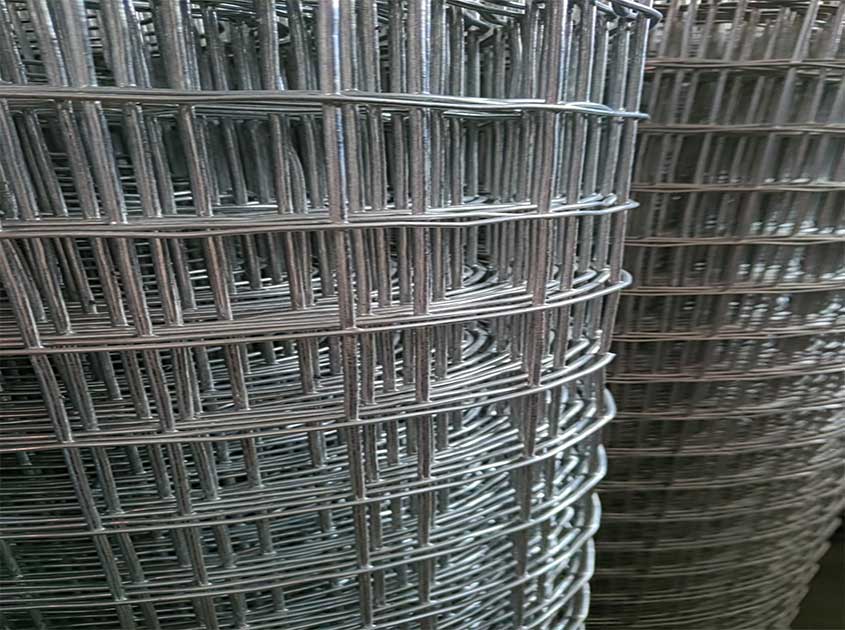
Advantages and Features:
Holland wire mesh in architecture possesses several advantages and features. Firstly, it exhibits excellent durability and corrosion resistance, making it suitable for diverse environmental conditions. Secondly, it offers easy and flexible installation, adapting to different types of buildings and locations. Additionally, Holland wire mesh in architecture has a clean and elegant appearance that complements modern architectural styles, imparting a sense of modernity and sophistication to the structure.
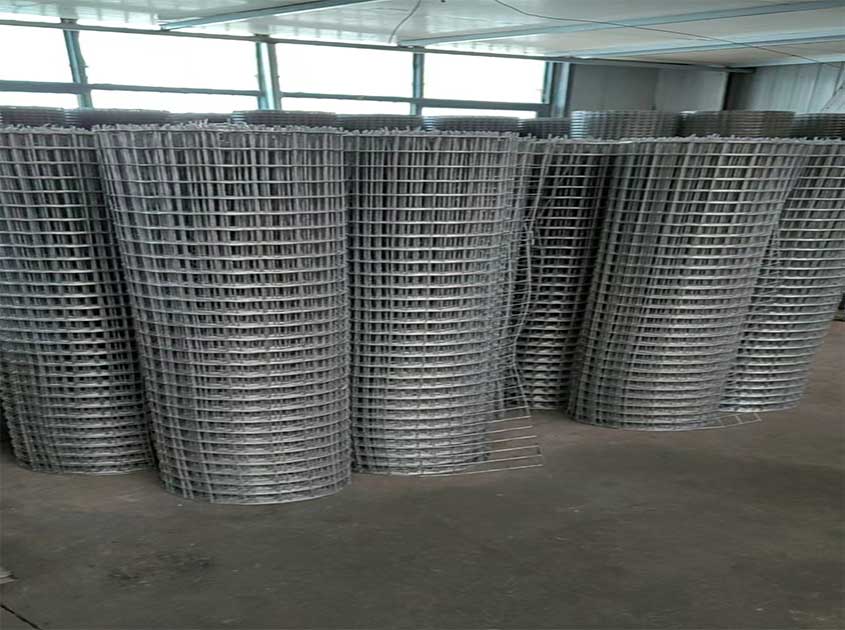
Application Areas:
Holland wire mesh in architecture finds extensive application in architectural design. Firstly, it is commonly used for perimeter fencing in public, commercial, and industrial buildings such as office complexes, shopping malls, and factories. Holland wire mesh provides secure boundaries and protection while preserving the visual appeal of the building. Secondly, it is employed in schools, hospitals, sports stadiums, and parking lots for fencing and partitioning purposes. It helps to define areas, control access, and maintain ventilation and visibility.
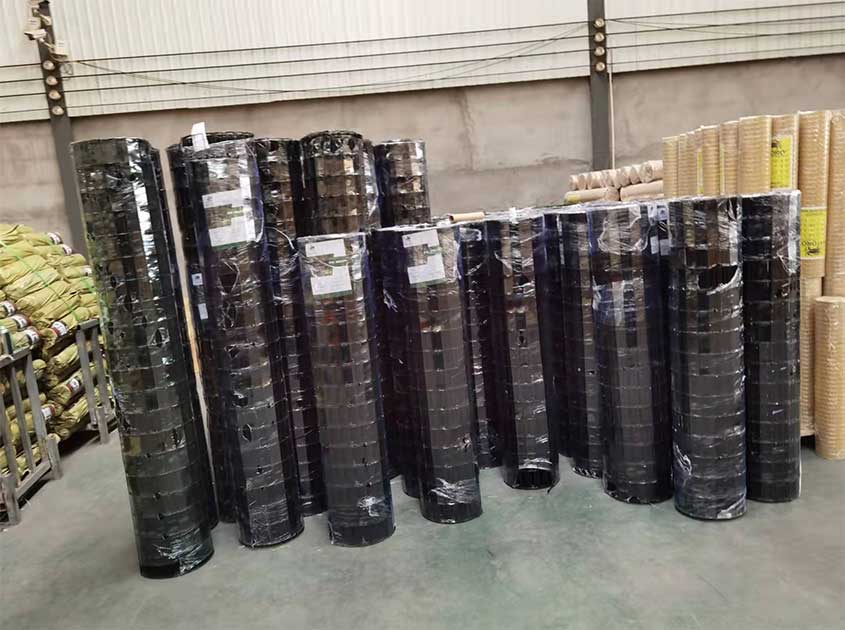
Design Inspiration:
Holland wire mesh in architecture offers abundant design inspiration for architects. Its sleek appearance and various mesh sizes can be utilized to create diverse design effects, such as geometric patterns, artistic motifs, or even custom logos. The transparency of the mesh allows for creative play with light and shadow, adding depth and visual interest to the overall architectural composition.
-
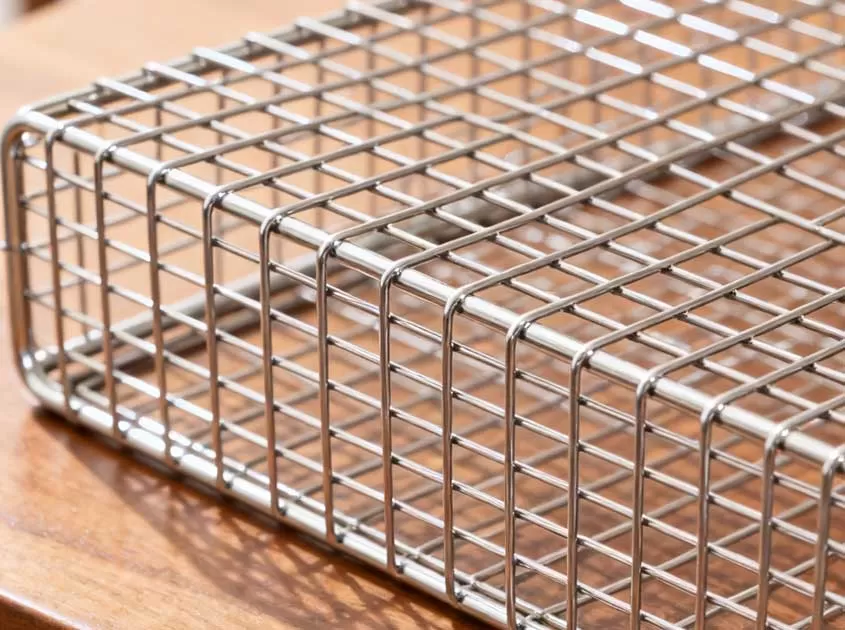 Corrosion-Resistant Stainless Steel Wire Mesh Oct 28, 2025
Corrosion-Resistant Stainless Steel Wire Mesh Oct 28, 2025

- Tel.: +86 311 83077076
- E-mail: sales@qunkunmetal.com
- Skype: qunkunsales01
- WhatsApp: 8618032412189
- Add.: No.69 The Filter Industrial Part of Anping, Hebei, China




